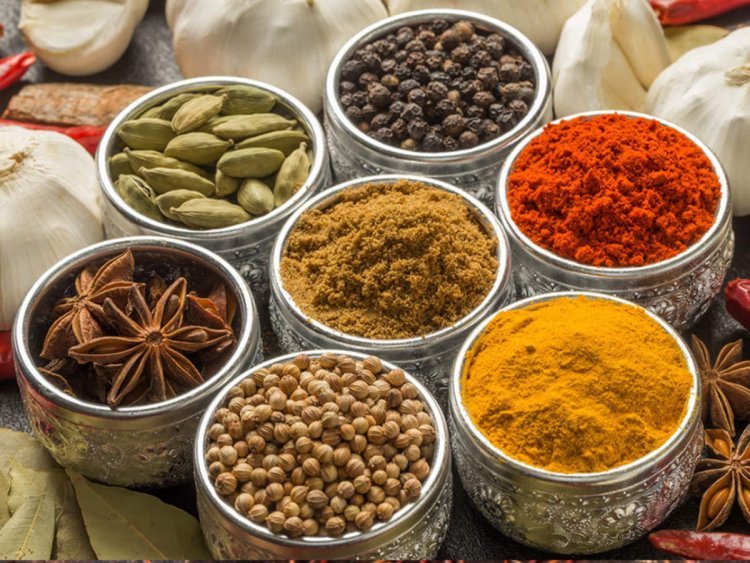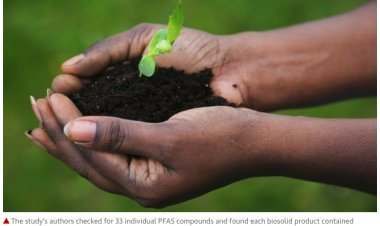Cooking Spices and Masala Sales and Marketing Agency in Pune
Spice packaging is more intricate than other packaging, given that different spices have different requirements. The different forms of spices such as Whole spices (cardamom, black pepper, clove, turmeric, ginger, cinnamon, cassia), Seed spices (celery, fennel, cumin, fenugreek), Powdered or ground spices (turmeric, chilies, ginger), Spice mixes (curry powders and masalas), Paste (curry paste, ginger/garlic paste), Concentrates (tamarind concentrate), Oils and oleoresins, and different distribution channels need design and development of suitable packaging material to enhance the shelf life.

India is the land of spices and could exploit the fast-growing nutraceutical sector with her high intrinsic quality spices. The scope of spices like turmeric, ginger, fenugreek, garlic, and red pepper in the nutraceutical industry with their possible role in the control/prevention of important health disorders. Non-traditional use of spices including nutraceuticals now accounts for nearly 15% of spice production in the country. The new lines of applications are growing at a rate of 10-12%, according to Spices Board officials. Nutraceutical and life sciences companies and R&D Labs are beginning to tap the healing, nutritive and health benefits of spices. This segment has opened out various possibilities of using spices to create fortified foods and organic medicine. The demand for nutraceutical products has gone up as more people are turning to natural products for treating lifestyle diseases. The nutraceutical sector is growing at 12-14 % in the U.S., 8-10 % in Europe, 14% in China, and almost 9% in Japan, while it is still at a nascent stage in India. At the same time, the growth in the food industry globally, where spices are traditionally used, is 3-5 %.
Cooking Spices and Masala Sales and Marketing Agency in Pune
USA, Canada, Germany, Japan, Saudi Arabia, Kuwait, Bahrain, and Israel are the main markets for Indian spices. Mexico continues to be the major importer of cinnamon and cassia while Saudi Arabia, Bahrain, Kuwait, and Israel are the major markets for green cardamom, black pepper, ginger, and turmeric. We have a near-monopoly in spice oils and oleoresins and Indian spices have obtained geographical indicators such as Malabar pepper, Alleppey green cardamom, Coorg green cardamom, and Naga chili.
Cooking Spices and Masala Sales and Marketing Agency in Mumbai
Spice packaging is more intricate than other packaging, given that different spices have different requirements. The different forms of spices such as Whole spices (cardamom, black pepper, clove, turmeric, ginger, cinnamon, cassia), Seed spices (celery, fennel, cumin, fenugreek), Powdered or ground spices (turmeric, chilies, ginger), Spice mixes (curry powders and masalas), Paste (curry paste, ginger/garlic paste), Concentrates (tamarind concentrate), Oils and oleoresins, and different distribution channels need design and development of suitable packaging material to enhance the shelf life.
Continuous quality monitoring should be implemented to remove substandard materials, contaminants, and foreign matter throughout the processing and final stages of packaging. Processed plant materials should be packaged in clean, dry boxes, sacks, bags, or other containers in accordance with standard operating procedures and national and/or regional regulations of the producer and the end-user countries. Materials used for packaging should be non-polluting, clean, dry, and in undamaged condition and should conform to the quality requirements for the plant materials concerned. Reusable packaging material such as jute sacks and mesh bags should be disinfected and thoroughly dried prior to reuse, so as to avoid contamination by previous contents. Packaging materials should be stored in a clean and dry place that is free from pests and inaccessible to livestock, domestic animals, and other sources of contamination.
India is one of the largest producers, exporters, and consumers of spices in the world. Out of 109 spices listed by ISO, About 75 are produced by India. India on average exports around 550 thousand tones of spices annually. Major share is contributed by chilly, ginger, cumin, and turmeric in terms of volume. Other important products are cardamom, black pepper, and nutmeg. In terms of value Mint and Mint, products stand first followed by chilly and oleoresins. In the past 10 years, the Indian spice exports increased substantially in terms of volume and value.


 food manic
food manic 



















